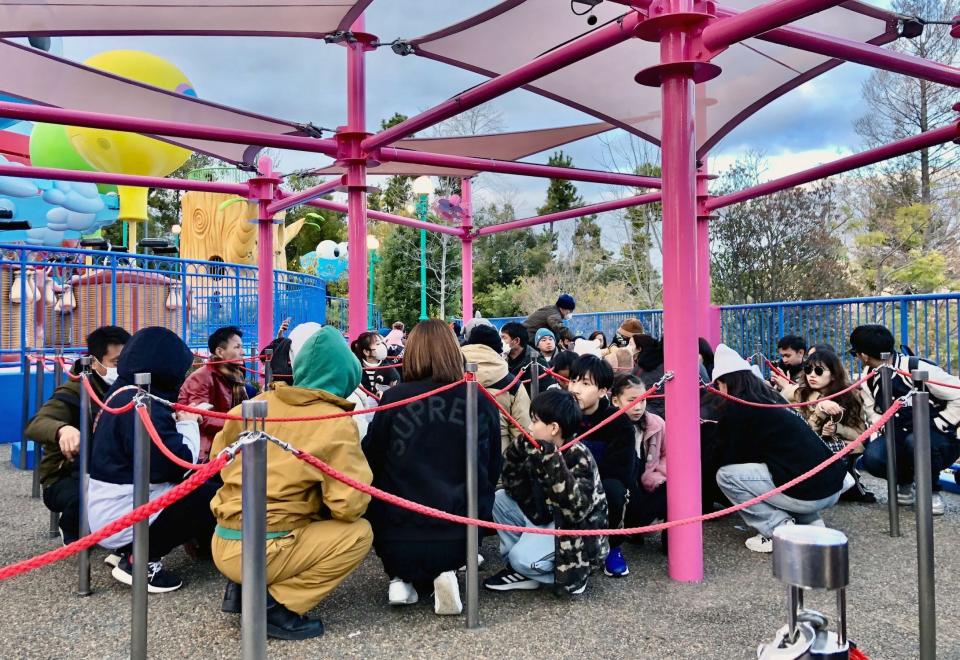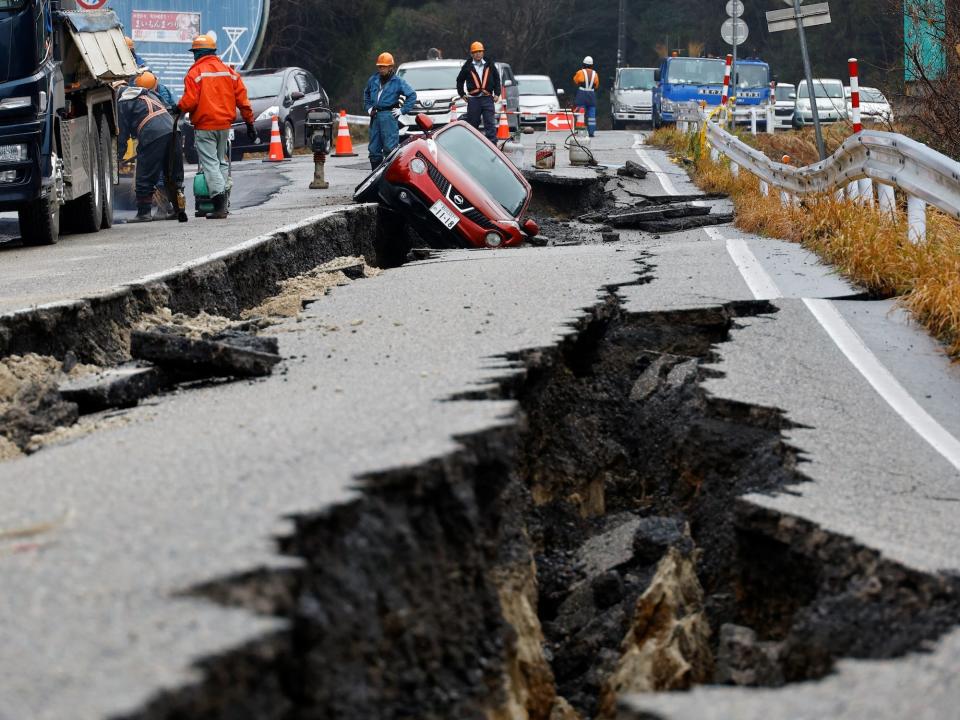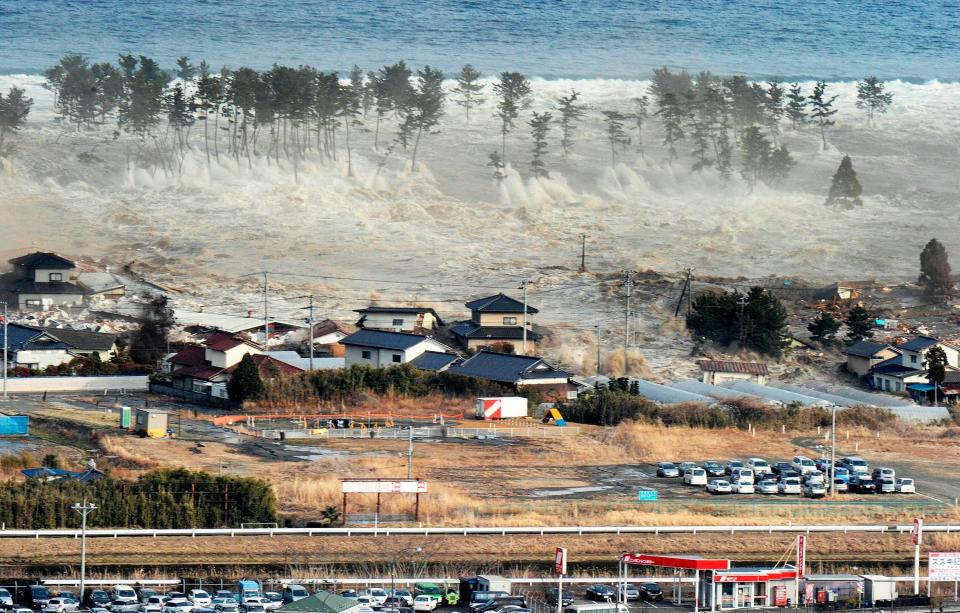-
Japan is still dealing with the aftermath of a powerful earthquake earlier this month.
-
With a history of natural disasters, Japan is one of the best prepared countries for emergencies.
-
A sophisticated warning system, strict building codes, and a prepared population help.
Japan’s Noto Peninsula is reeling from the most powerful earthquake in a century, but the death toll is remarkably low.
A 7.6-magnitude earthquake struck the peninsula in central Japan on January 1, violently destroying buildings, triggering landslides, starting fires, and even pushing up land to create new beaches along the coast.
Such tremors can be unfathomably deadly. When Turkey and Syria were hit by a pair of similar earthquakes last year, the disaster killed at least 56,000 people. In 2010 in Haiti, up to 300,000 people were killed by a 7.0 earthquake and its aftershocks. In 2005, a 7.6 earthquake killed at least 79,000 in Pakistan.
As of Friday, however, the death toll from Japan’s latest temblor stood at 94, Reuters reported.
It’s not a coincidence. Look at the mega disaster that happened in Japan in 2011, much bigger than this latest quake. That March, a 9.0 magnitude earthquake triggered a tsunami and a nuclear power plant meltdown.
Although over 18,000 people died, the The World Bank note that Japan’s history of preparedness has helped evacuate many people and likely saved lives.
The situation on the Noto Peninsula is dire, to be sure. The quake on January 1 may have been the region’s strongest in more than 100 years, according to nature. More than 200 people are unaccounted for and 30 villages remain inaccessible, although the rubble-strewn city of Wajima is short of food and water for the roughly 11,000 evacuees sheltering there, Reuters reported.
Japan’s earthquake resilience isn’t perfect, but experts say the nation is doing some things right: investing in infrastructure, enforcing strict building codes, and educating its citizenry.
“Japan has lessons that can be taught to everyone,” Daniel Aldrich, a professor of political science and public policy at Northeastern University who studies disasters and civil society, told Business Insider.
Japan invests in its buildings
Japan sits on four tectonic plates, making it an extremely seismically active country. The constant grinding of the plates can cause 1,500 earthquakes a year. As a result, Japan has been promoting its earthquake preparedness for many years.
Following a series of natural disasters after World War II, Japan enacted the Basic Disaster Countermeasures Act in 1961, increasing its investment and planning for earthquakes and floods.
Japan now has some of the strictest building codes of any country in the world, The New York Times reported after the 2011 earthquake. For many years studying the effect of the country’s temblors on its buildings, Japanese engineers have embarked on earthquake-resilient construction.
Japan designs new buildings to accommodate rock with earthquake movement, rather than standing still and allowing that movement to stress the structure.
In tall buildings, giant pads made of rubber and steel help absorb some of the shaking from an earthquake, as do hydraulic shock absorbers. Many older structures were retrofitted to better withstand disasters.
However, sometimes the vibration itself is not enough to last. For example, BBC News reported that many older wooden structures in Wajima went up in flames after a fire following the 2024 earthquake.
Of course, Japan’s wealth gives it an advantage over other quake-hit countries. However, some of their seismic safety is more about sentiment than money.
Japan maintains a culture of emergency preparedness
September 1 is Disaster Prevention Day in Japan. Officials designated the day in 1960 to prepare citizens for emergencies.
When he lived in Japan, Aldrich said he and his neighbors ran comprehensive drills for the day every year, practicing tourniquets, slings for broken arms, and how to spray house fires with a hose.
“Wherever you are in Japan, everyone has those drills,” including children, Aldrich said. The government always communicates their importance,” Aldrich said, adding, “Are you ready? What have you done? Do you know your neighbors? Can you help a disaster? What skills can you bring?”


Students participate in earthquake drills, and the government launches simulations to test its preparedness. The government also advises people to keep an emergency kit ready at all times.
This is critical to survival as affected regions can be cut off from emergency services for days after a disaster, just as much of the Noto Peninsula is now.
In those cases, Aldrich said, your neighbors are your first responders. In more than a decade of researching disasters, he found that social relationships are a predictor of survival. He said community earthquake drills teach people what to do and help them trust their neighbors.
In 2007, the Japan Meteorological Society launched its “Earthquake Early Warning System” (EEWS). The J-Alert system can also broadcast to televisions, radios and cell phones.
Tokyo even has a radio-equipped vending machine which sounds an alarm to parkers.


Warnings come from a few seconds to a few minutes before the quake, giving people some time to get to a safer location. They are also vital for rail travel. Japan Railways trains stop automatically when the earthquake detection system kicks in.
In 2022, a bullet train was derailed after a magnitude 7.4 earthquake, but none of the 78 passengers and crew were seriously injured, Kyodo News reported. The train slowed significantly from its typical speed of up to 186 miles per hour, according to The Japan Times.
Japan installs resilient infrastructure
Like its buildings, Japan has the experience and money to fortify its infrastructure against earthquakes.
During that disaster in 2011, rapid response teams were able to quickly repair roads to help move supplies and aid to the affected areas. In one case, it only took six days to tear apart a road, The Guardian reported.


A 2021 World Bank report said the country had learned several lessons from the 2011 disasters, from improving water supply infrastructure to strengthening backups for the undersea cables that power the internet.
Aldrich said the biggest lesson is reforming nuclear plant safety regulations.
After the 2011 Fukushima disaster, Japan was slow to resume using nuclear power. The Japan Times reported that 10 of its 33 reactors are operating after being shut down more than a decade ago.
Experts are also concerned about the possibility of a very large “megaquake” occurring sometime in the next four decades, according to the The Guardian. In 2020 a Japanese government panel warned that another large tsunami could overwhelm the Fukushima Daiichi Nuclear Power Plant at any time.
The double disaster of a tsunami


One of the reasons an earthquake in Japan can be so dangerous is the possibility of a tsunami.
During the 1980s and 90s, Japan built sea walls to hold back huge waves. But in 2011, a Tsunami 40 feet rushed over the 19-foot sea wall at the Fukushima plant. The plant suffered a disaster as a result.
Despite a long history of disasters, the country was not fully prepared for the tsunami that followed the 2011 earthquake, according to 2012 report.
In some areas, buoys were equipped with sensors monitoring for tsunamis. As with earthquake warnings, the Japan Meteorological Agency uses television, radio and mobile phones to distribute the warnings. Sirens also sound, often giving people several minutes of warning that a wave may hit.
In contrast, the 2004 Indian Ocean tsunami hit several islands without any formal warning system and resulted in over 200,000 deaths, according to NOAA.
According to the World Bank, historical knowledge may have helped save lives during Japan’s 2011 tsunami. Some survivors knew how far waters could recede from stone markers left by residents. earlier tsunamis. Some of the monuments are hundreds of years old.
Read the original article on Business Insider